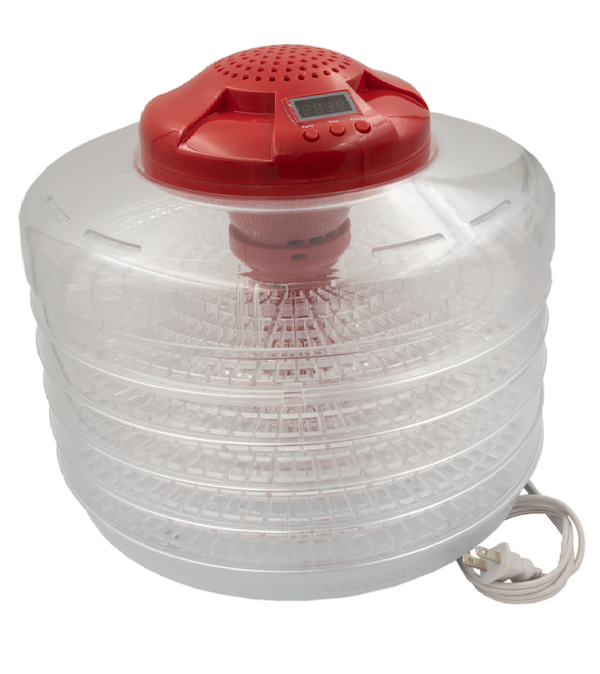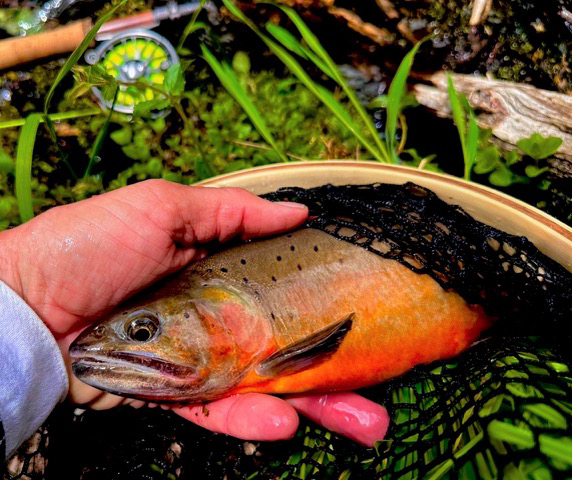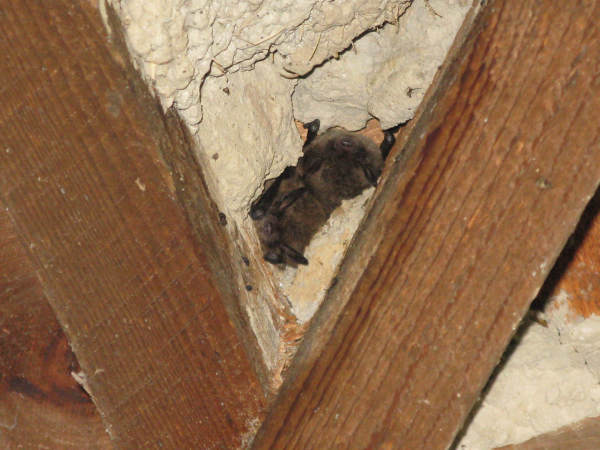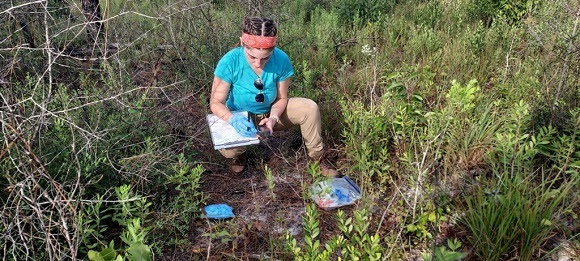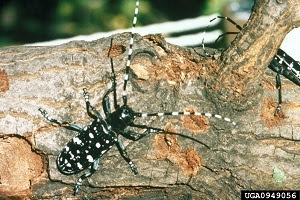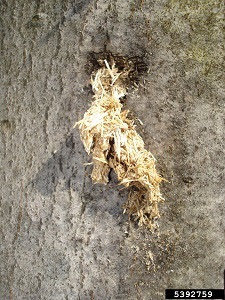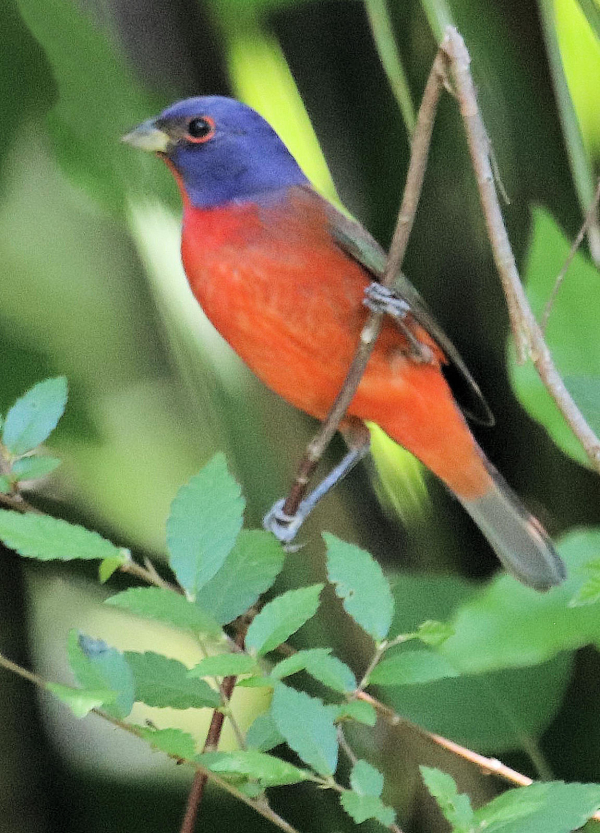Hornady Security RAPiD Vehicle Safe


The Hornady Security RAPiD Vehicle Safe completely changes the game regarding storing firearms and valuables in a vehicle. The RAPiD Vehicle Safe allows users to keep their handguns and other valuables safe without coming at the cost of vehicle modifications. The attached inflatable bladder slides between the center console and the driver’s seat of any vehicle. By squeezing the inflator bulb, the inflation bladder holds enough tension to keep the safe in place. A cable then anchors the safe to a hard point while its padding on one side protects the vehicle from installation damage.
The RFID entry system allows for touchless, fast, dependable entry when users need quick access to their handguns. RFID stickers, key fobs, or watchband tags allow maximum versatility and fast access when the user needs their handgun. The RFID stickers can be placed upon existing key fobs and scanned over the RFID reader to open the safe. The RFID watch band fits most common-sized wrist watches allowing users who do not wish to carry a key fob rapid access to the safe.
The RAPiD Vehicle Safe affords the user two different ways to power the safe. The 12VDC car adapter allows the safe to be powered by vehicle power. For those that do not desire to have or can’t plug the safe in, the safe has the option to get power from four AAA batteries. The two power sources allow for all-time access to the user’s handgun regardless of whether the vehicle is running. The safe can be programmed with a 4-6 digit security code and includes a barrel key for back-up entry in the case of a power failure. Read more

